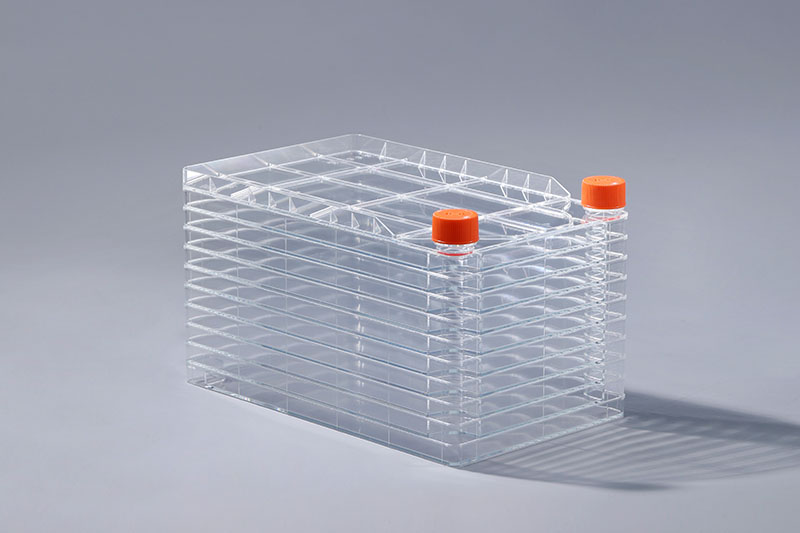マイコプラズマ汚染は、 cellfactories で細胞を培養する際の非常に一般的な問題です。他の汚染とは異なり、マイコプラズマで汚染された細胞は一般に曇らないため、肉眼で判断することは困難です。細胞がマイコプラズマで汚染されているかどうかを判断する方法は4つあります:
1。 DNA蛍光染色
DNA蛍光染色法は、蛍光色素Hoechst33258がマイコプラズマのDNAのAT塩基に富む領域に結合できるという原則に基づいています。蛍光ドットは、AT塩基領域が豊富なマイコプラズマDNAです。
2。 PCRテクノロジー
特定のプライマーはマイコプラズマゲノムの保存配列に従って設計され、テストされるサンプルの核酸が増幅され、増幅された産物のサイズを分析することによって診断が行われます。 PCR検出技術は、マイコプラズマ汚染の検出に使用され、サイクルが短く、感度が高く、特異性が高く、操作が簡単で、一度に多数のサンプルを検出できます。
3。酵素免疫測定法(ELISA)
ELISAは、マイコプラズマ汚染の検出に使用され、特異性と感度が高く、一度に多数のサンプルの検出を完了することができます。シンプルで迅速かつ定量的な定性的検出の特徴があります。
4。電子顕微鏡
一般的に、細胞工場の細胞は48〜72時間培養されます。細胞がほぼコンフルエントになる前に、細胞をトリプシンで消化して細胞懸濁液を作り、固定し、包埋し、観察前にスライスします。
上記は、細胞工場でマイコプラズマ汚染を検出する際に一般的に使用される4つの検出方法です。現在、細胞を汚染することが知られているマイコプラズマは20種類以上あり、そのうち95%以上が経口マイコプラズマであるため、オペレーターは細胞を培養する際に無菌操作に注意する必要があります。
The FAI climbed 5.9 percent year-on-year in the first 11 months of 2018, quickening from the 5.7-percent growth in Jan-Oct, the National Bureau of Statistics (NBS) said Friday in an online statement.
The key indicator of investment, dubbed a major growth driver, hit the bottom in August and has since started to rebound steadily.
In the face of emerging economic challenges home and abroad, China has stepped up efforts to stabilize investment, in particular rolling out measures to motivate private investors and channel funds into infrastructure.
Friday's data showed private investment, accounting for more than 60 percent of the total FAI, expanded by a brisk 8.7 percent.
NBS spokesperson Mao Shengyong said funds into weak economic links registered rapid increases as investment in environmental protection and agriculture jumped 42 percent and 12.5 percent respectively, much faster than the average.
In breakdown, investment in high-tech and equipment manufacturing remained vigorous with 16.1-percent and 11.6-percent increases respectively in the first 11 months. Infrastructure investment gained 3.7 percent, staying flat. Investment in property development rose 9.7 percent, also unchanged.
 English
English



















































